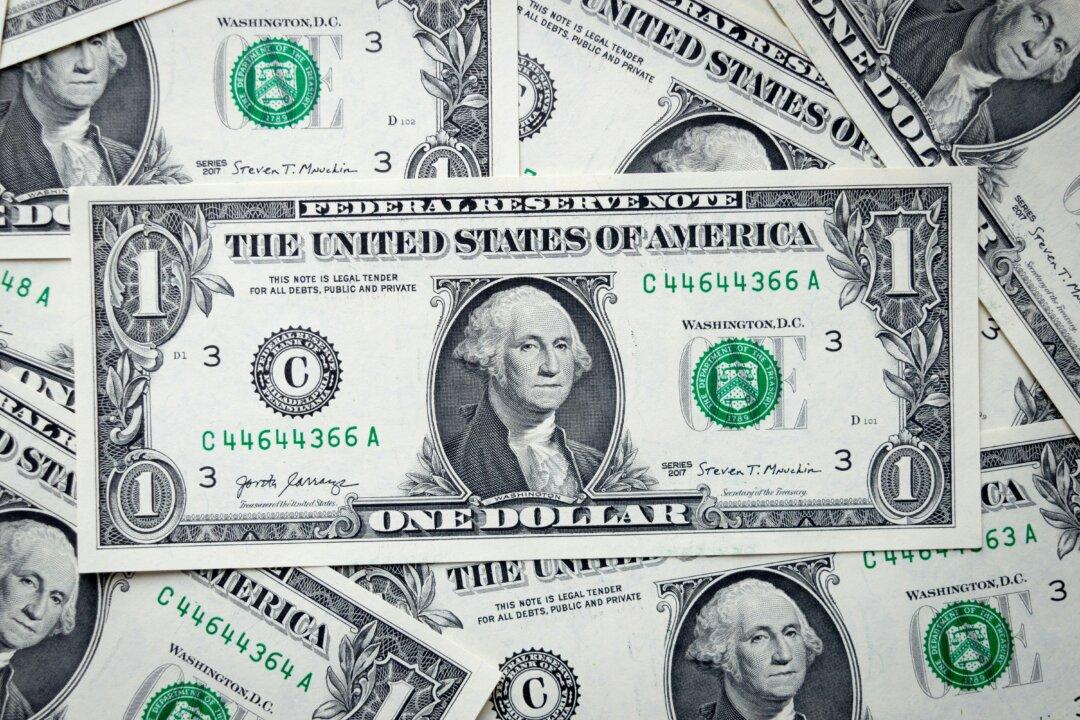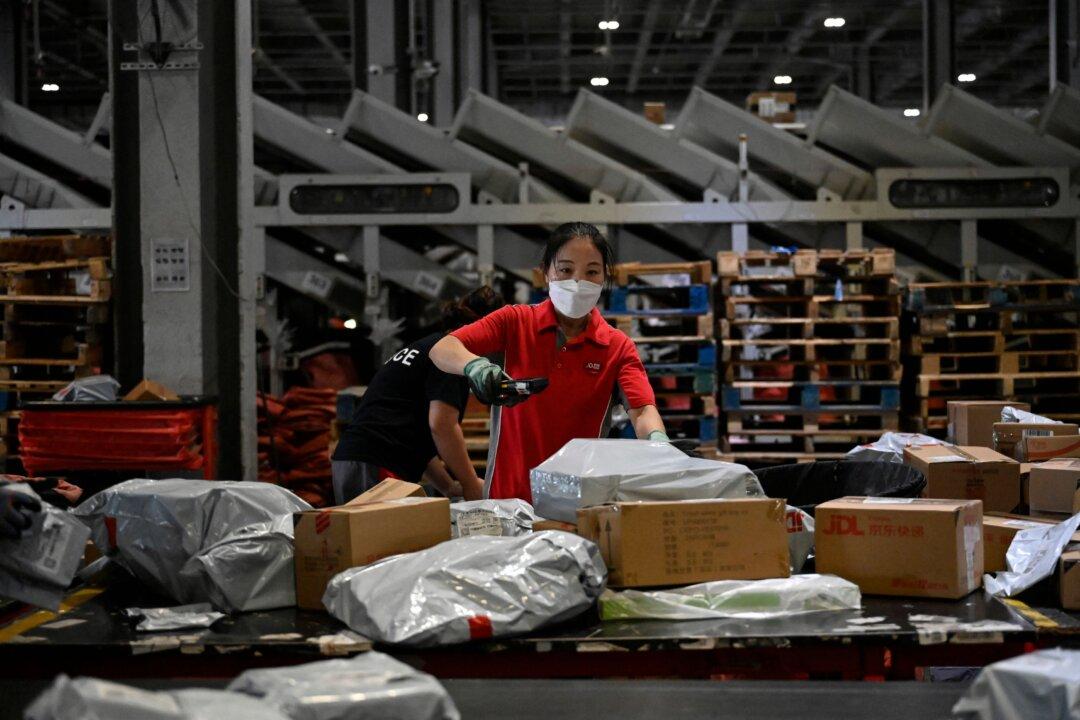China’s exports fell for the fourth consecutive month in August, but the trade downturn eased slightly. Experts say China’s trade is set to worsen further this year, making policy support crucial for a turnaround rather than a revival in global demand or a rebound in domestic activity.
Exports fell 8.8 percent year-on-year in August, the fourth consecutive month of loss, but topping Reuters poll predictions of a 9.49 percent drop and July’s record of minus 14.5 percent.





